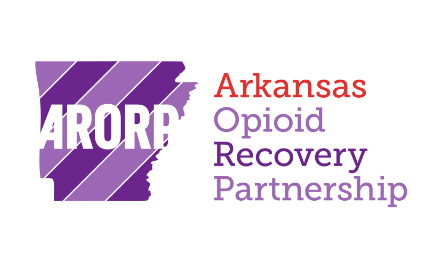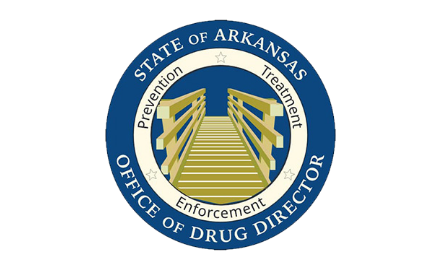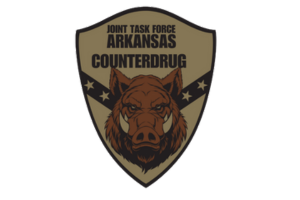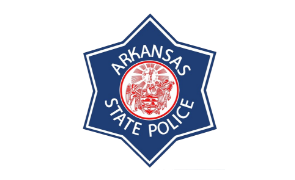‘Efforts Will Not Relent’ Amid State Meeting National Preparedness Average
Arkansas is meeting the national average on a recently released report from the National Health Security Preparedness Index. The overall preparedness level in Arkansas stands at 7.0 for 2017, a 12.9% increase from 2013. The national average is 7.1.
“This is good news for Arkansas, but we don’t need to stop our efforts,” said Arkansas Drug Director Kirk Lane. 
Although the National Health Security Preparedness Index involves multiple factors, Lane believes the opioid epidemic plays a large role in whether states are meeting, exceeding or falling behind. He said the opioid epidemic has certainly caused some states to decline in health security, such as Ohio and West Virginia (where many experts call the epicenter of the opioid epidemic).
Arkansas is second in the nation for over-prescribing opioid medications at an average of 114.6 opioid prescriptions per 100 people (the national average is 66.5 prescriptions per 100 people), but increased emphasis in education, prevention and treatment are combating the epidemic.
“We are starting to see good numbers come in for the state,” He said. “I think our emphasis to providing first responders throughout the state with Naloxone kits is also a key component to meeting the national average. While we are saving lives with those kits – 64 lives since January 1, 2018 – we are diligent in our efforts to educate the public about not only the dangers of taking opioid medications, but also about the importance of safely storing them.”

“We are earnest in promoting the Monitor. Secure. Dispose. mantra. We encourage people to monitor their medications, secure them in a locked box, and dispose of expired or unneeded prescriptions at one of our near 200 secured drop-box locations in the state.”
One of the priorities of the treatment aspect is to erase stigma. Lane said it is important that people entering an addiction treatment facility receive support and encouragement from the community at large. Dr. John Clay Kirtley, Executive Director of the Arkansas State Board of Pharmacy, has witnessed stigma first hand.
“Many people have a very stereotypical image of what a drug addict or alcoholic looks like,” He said. “I grew up in Camden, Ark. and we had people there that fit that stereotype – the town drunk or town addict – and they were shunned by society.”
But Dr. Kirtley said he has also witnessed people have an “awaking of awareness.”
“One of the best exercises we did in pharmacy school was attending addiction meetings, but a lot of students were not happy at all that they had to go to those meetings to ‘Hang out with drug addicts,’” he said. “But once [students] went, they realized that the people in those meetings look just like them. I’ve seen that even with students in my own classes I teach today.”
“I tell my students that ‘this is an us disease, not a them disease.’ Until society buys in that this is an ‘Us’ issue and not a ‘Them’ issue, it will be very difficult to make progress.”
A key component to the prevention effort is to encourage everyone to participate in the Arkansas Prescription Drug Take Back Day, which will be held at a plethora of locations throughout the state from 10 a.m. to 2 p.m. on Saturday, April 28. All locations of event sites, as well as permanent drop-box locations, can be found by click the Collection Sites tab on ardrugtakeback.org.
The medications collected from the Arkansas Prescription Drug Take Back Day will be destroyed in an environmentally safe manner. For more information about the National Health Security Preparedness Index, visit https://nhspi.org/states/arkansas/ .
 U.S. Surgeon General Dr. Jerome Adams said he was “very impressed” with the work and progress being made in Arkansas in the effort to reduce effects of the opioid epidemic. Dr. Adams spoke with representatives of several state agencies, as well as a few pharmacy students from various universities in the state, at the Arkansas State Board of Pharmacy (ASBP) Offices on Thursday.
U.S. Surgeon General Dr. Jerome Adams said he was “very impressed” with the work and progress being made in Arkansas in the effort to reduce effects of the opioid epidemic. Dr. Adams spoke with representatives of several state agencies, as well as a few pharmacy students from various universities in the state, at the Arkansas State Board of Pharmacy (ASBP) Offices on Thursday.


 University of Arkansas student Trevor Villines envisions a future in which college campuses throughout the state tackle the opioid epidemic with expanded educational programs, medication drop-boxes on campuses, and through college recovery programs. As the Director of External Relations for the university’s Student Government Association (SGA) and President of the Registered Student Organization, Villines is seizing the opportunity to bring the vision to fruition.
University of Arkansas student Trevor Villines envisions a future in which college campuses throughout the state tackle the opioid epidemic with expanded educational programs, medication drop-boxes on campuses, and through college recovery programs. As the Director of External Relations for the university’s Student Government Association (SGA) and President of the Registered Student Organization, Villines is seizing the opportunity to bring the vision to fruition.













